Three episodes isn’t a long time to set the scene of a story, especially one that’s been unspooling for 19 manga volumes and shows no signs of winding down. The anime can hardly be accused of rushing through the material either: we’re only worked through 4 chapters or so in 3 episodes, which is a deliberate pace even for a monthly manga. I see the challenges this presents in adapting material for an audience that’s mostly unfamiliar with it, and I suspect it’s why more series like Kono Oto Tomare! – very popular in manga form but not instant gratification – don’t get adaptations.
Kono Oto Tomare! has an additional challenge too, in that it presents an extremely difficult skill at which, by necessity, most of the cast is going to be largely incapable as the series kicks off. That’s why Satowa is such an important character, because she’s the link to the world the series and the rest of its main cast are aiming for. But it can’t show us too much of that world too soon, or it undermines the impact of the story’s paydirt moments down the line. It reinforces the genius of Chihayafuru’s opening arc (sorry to keep comparing, but…) – by starting out with the kids as elementary schoolers, it was able to give the audience a self-contained mini-drama at the very beginning and hit the ground running.
Koto Oto Tomare! isn’t Chihayafuru, of course. Its best moments never equal the sheer genius of that series IMHO, but it also largely avoids the narrative pitfalls that have seen Chihayafuru go off the rails in its later arcs. That, I think, reflects the nature of this series – it trades mostly on patience and deliberation rather than shock and awe (though that is coming). And in examining something like learning the koto, it’s hard to imagine any other approach that would work. If I look at either the instruments themselves or a score written for them, I can’t imagine ever learning either. Put them together and I’m pretty much at the front desk checking out.
But… That’s me, and I’m neither a person with innate musical gifts or a kid, for whom learning new stuff comes much more easily than it does for my age bracket. The thing to remember with Satowa is, she’s been doing this since she was a toddler – koto is her family’s raison d’être. Not only that, but she’s spent most of her life interacting with adults and not peers. That’s reflected in her ability to skillfully put on a mask and fool others (as we see ample evidence of this week) but also in her lack of ability to relate to other kids on a personal level. It’s not only Satowa’s fingertips that are hard and unforgiving.
As to her charms, those are employed this week against the trio that round out this iteration of the koto club. That would be Mizuhara Kouta (Iguchi Yuuichi), Sakai Michitaka (Furukawa Makoto), and Adachi Saneyasu (Ishiya Haruki). They’re categorized as “delinquents” too – though in their case it’s guilt by association, given that they’re friends with Chika. He earned their loyalty with his blood, but it’s not loyalty that brings them into the koto club – it’s Satowa’s powers of persuasion. And since the club needs five members on its books in order not to be disbanded, it seems like this development is a win for everybody.
The Kyouto-sensei has other ideas, however. The Koucho-sensei’s connection to the club we know – he founded it, along with Chika’s grandfather. Why the Vice-principal seems so hostile hasn’t been spelled out, though he certainly holds Chika in no good stead. His demand that the club perform for him immediately to show it’s not a sham is ludicrous on the face of it; even the week that he then proposes ridiculous. Satowa’s presence gives him pause for a bit, and he agrees to her request for a month, but even that hardly seems like enough time to turn a group of amateurs (and worse) into a passable ensemble.
The dynamic of the club has fully calcified here. Satowa and Chika and the irresistible force and the immovable object, constantly in conflict, and Takezou is forced to go completely against his passive nature in trying to make his voice heard in the middle. Satowa teaches as she was taught – “Spartan” style, as Tetsu reminds Chika. She takes the club to see a group of elementary students of the Hoozuki School perform “Ryuuseigun“, the piece she has in mind for the club – and their initial relief in seeing that even little kids can do it is tempered by the reality of just how difficult it looks (and, I’m assuming, really is).
One can make certain educated guesses about where all this might be headed, and I’ll wager some of them won’t be far off the mark. But Kono Oto Tomare!’s unusual hybrid of shounen and shoujo traits makes its course harder to predict than you might think. Satowa is not blind to Chika’s talent for koto, as rough as it is – and as for the new trio, while for an episode they fall neatly into familiar archetypes as we get to know them better (which we will) they too will develop in surprising directions. Learning the koto must surely, I image, be an undertaking that both requires and rewards patience – and watching Kono Oto Tomare! is no different (albeit much easier).





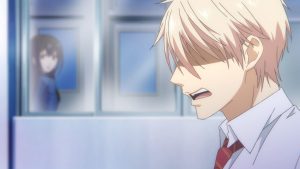
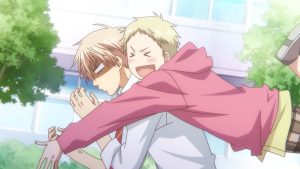
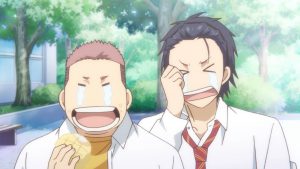

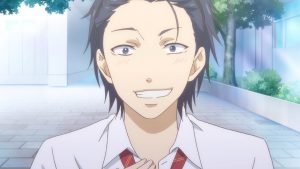


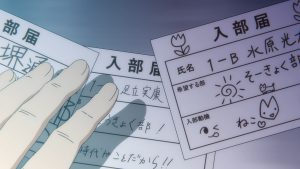
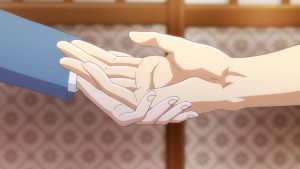
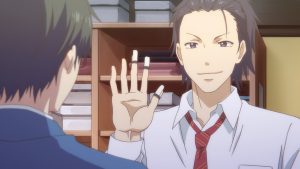
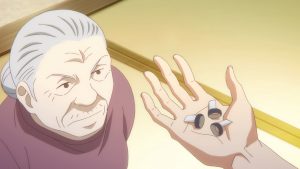
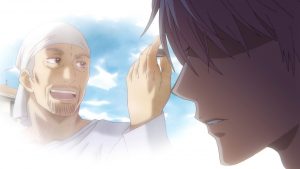

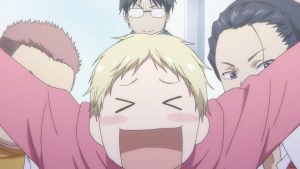

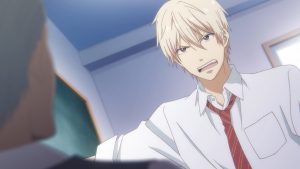
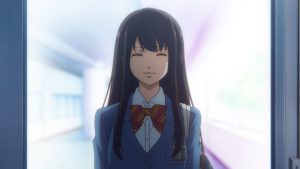
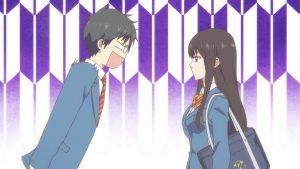

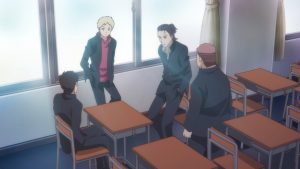
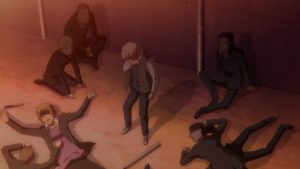
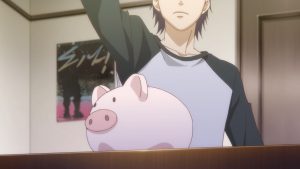
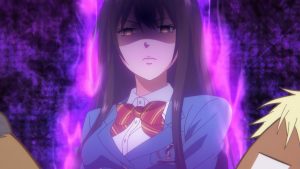
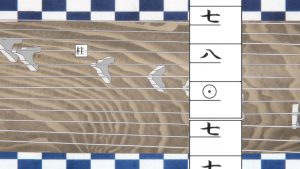






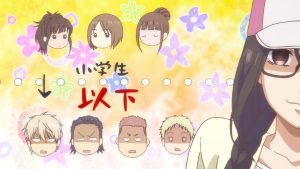
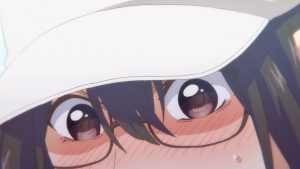

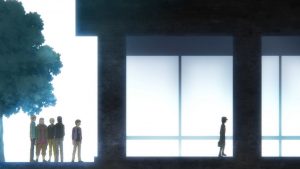



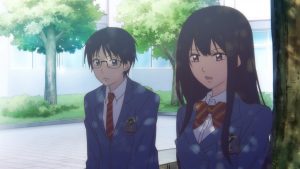
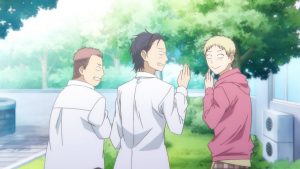
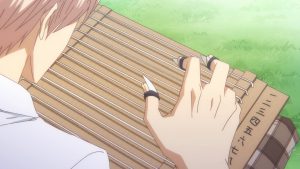

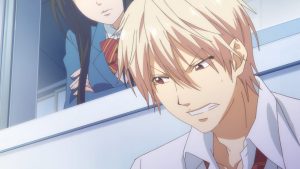


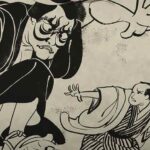
Gracie
April 21, 2019 at 6:52 pmI think Kurata should’ve presented the basics because he clearly has some prior experience even if he’s not a genius. But he’s relegated to the background. And the episode showed that Satowa’s willing to collaborate.
Guardian Enzo
April 21, 2019 at 7:19 pmYou’ve put your finger on one issue I have with this series, but… None of the characters as we see them now are how they will be when the story reaches its anime climax.
Gracie
April 21, 2019 at 7:41 pmYeah… I’ve read on the manga up to the 60th chapter, but I find that the transition you were talking about in the previous reviews, is present even as early as here.
Guardian Enzo
April 21, 2019 at 7:48 pmI’m actually talking about something a little different here, more with Takezou’s character itself rather than his context in the narrative structure. But I’d rather not get into detail for fear of saying too much.
Earthlingzing
April 22, 2019 at 8:53 pmIts a premise we’ve all seen many times, but somehow this series feels pretty fresh to me.
Guardian Enzo
April 22, 2019 at 9:09 pmI think it’s that odd shoujo-shounen hybrid that makes this series feel fresh (and Chihayafuru too, especially when it was still really good).
Earthlingzing
April 24, 2019 at 7:29 pmYeah, thats probably it. I love the scene at the end where the images eloquently show what they are thinking. No over-explanation needed.